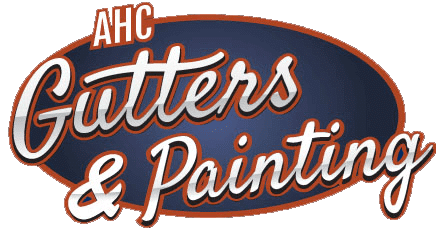House painting is both an art and a science, offering a transformative upgrade that can enhance any home's appearance. But whether you’re refreshing the interior ambiance of your home or boosting its curb appeal, the proof is in the paint and the painting techniques you apply. While using the right tools and equipment can get the job done, it's how you apply the paint that makes the difference in the final result.
With that in mind, read up on some of the top painting techniques that professionals know and use, and find out how you can guarantee an immaculate finish by understanding the relationship between the tools and techniques.
Common House Painting Techniques
Just because you have a brush or a roller in hand doesn't mean every lick of paint will look great across your entire room or exterior wall. Different strokes suit different surfaces, so it’s important to use the following techniques in the right way to deliver smooth and consistent results:
1. Prepping the Surface
While painting prep work isn’t necessarily a painting technique, it is essential to achieving a flawless finish. This typically involves cleaning the walls to remove dirt, grease, and flaking paint, as well as patching any holes or cracks with spackle. Prep work ensures that paint adheres properly and produces a smooth, even coat.
2. Priming
Priming refers to the painting technique of preparing a canvas or surface before painting on it. This involves adding a layer of primer, which is a type of paint or sealer, to the surface to create an even and stable canvas for the paint to adhere to.
Note that applying a primer is crucial when it comes to house painting, especially if you’re working with porous surfaces, changing the paint color drastically, or painting over stains.
3. Choosing the Right Brush or Roller
Something else to consider is using the right brush or roller for the job. If you’re applying paint to rough surfaces, it’s best to use a roller with a thicker nap (the fabric's density on the roller) to reach into crevices and texture for an even coat. A roller with a shorter nap (or simply a high-quality brush) works best for smooth surfaces.
4. Loading the Brush or Roller
A common painting technique professional painters use is "loading the brush or roller." This involves dipping the brush only about a third of the way into the paint and tapping off the excess. For rollers, it involves rolling it back and forth in the tray’s ramp to distribute the paint evenly. Loading the brush or roller helps prevent drips and allows for better control over the amount of paint applied to the surface.
5. Using the Right Brush Strokes
Next up, brush strokes. One of the best ways to achieve a smooth, professional finish is to use specific brush strokes, according to the type of brush you’re using.
When using rollers, for example, following a "W" or "M" pattern for large, uninterrupted surfaces can ensure even coverage and minimize streaks.
For areas where you need precise control of the coverage, such as edges and corners, it’s best to use a “feathering” or “tipping” technique. This involves starting at the edge and gradually pulling the brush away from the edge with each stroke, leaving a thin, even coat of paint.
Finally, for flat surfaces (such as doors and walls), use long, smooth strokes in one direction, overlapping each stroke slightly for an even finish.
6. Maintaining a Wet Edge
One of the most commonly overlooked painting techniques is maintaining a wet edge Maintaining a wet edge is important because it prevents the paint from drying before you can smoothly blend the next color into it. This technique is especially important when working in large areas.
7. Detailing and Touch-ups
Finally, after the main coat dries, it’s always best to inspect your work for any missed spots or drips. You can use a small brush for touch-ups and detailing, and if you need to, you can lightly sand any areas that need to be smoothed out before applying a second coat.
Why Choose Professional House Painting Services?
While DIY painting can be rewarding, for a flawless finish that stands the test of time, professional expertise is an absolute must. After all, a professional painter will bring a wealth of experience to the table and know when and how to use the aforementioned techniques to ensure perfect results. Plus, they provide the best possible paints for the job.
Choose AHC for your San Antonio Painting Project!
If you're in San Antonio and considering a painting project, let our team of professional house painters help you achieve the perfect finish.
With our wealth of experience, we can guide you in selecting the right paints, colors, and finishes for your space, and leverage all the techniques mentioned above to deliver a beautiful, long-lasting paint job.
Contact us today to get an estimate and start planning your project!







